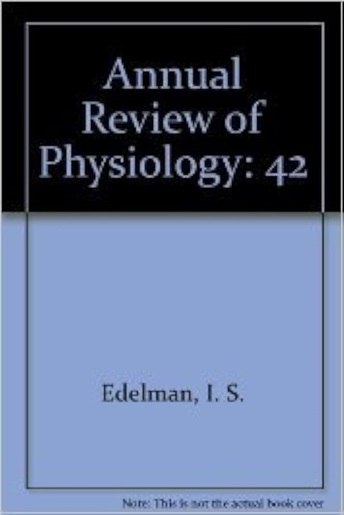Physiology of the Carotid Body: From Molecules to Disease.
IF 15.7
1区 医学
Q1 PHYSIOLOGY
引用次数: 61
Abstract
The carotid body (CB) is an arterial chemoreceptor organ located in the carotid bifurcation and has a well-recognized role in cardiorespiratory regulation. The CB contains neurosecretory sensory cells (glomus cells), which release transmitters in response to hypoxia, hypercapnia, and acidemia to activate afferent sensory fibers terminating in the respiratory and autonomic brainstem centers. Knowledge of the physiology of the CB has progressed enormously in recent years. Herein we review advances concerning the organization and function of the cellular elements of the CB, with emphasis on the molecular mechanisms of acute oxygen sensing by glomus cells. We introduce the modern view of the CB as a multimodal integrated metabolic sensor and describe the properties of the CB stem cell niche, which support CB growth during acclimatization to chronic hypoxia. Finally, we discuss the increasing medical relevance of CB dysfunction and its potential impact on the mechanisms of disease. Expected final online publication date for the Annual Review of Physiology, Volume 82 is February 10, 2020. Please see http://www.annualreviews.org/page/journal/pubdates for revised estimates.颈动脉体生理学:从分子到疾病。
颈动脉体(CB)是位于颈动脉分叉的动脉化学受体器官,在心肺调节中具有公认的作用。CB包含神经分泌感觉细胞(肾小球细胞),其在缺氧、高碳酸血症和酸血症时释放递质,以激活终止于呼吸和自主脑干中心的传入感觉纤维。近年来,CB的生理学知识取得了巨大的进步。在此,我们综述了CB细胞元件的组织和功能的研究进展,重点介绍了肾小球细胞急性氧感应的分子机制。我们介绍了CB作为一种多模式综合代谢传感器的现代观点,并描述了CB干细胞生态位的特性,它在适应慢性缺氧过程中支持CB的生长。最后,我们讨论了CB功能障碍日益增加的医学相关性及其对疾病机制的潜在影响。《生理学年度评论》第82卷预计最终在线出版日期为2020年2月10日。请参阅http://www.annualreviews.org/page/journal/pubdates用于修订估算。
本文章由计算机程序翻译,如有差异,请以英文原文为准。
求助全文
约1分钟内获得全文
求助全文
来源期刊

Annual review of physiology
医学-生理学
CiteScore
35.60
自引率
0.00%
发文量
41
期刊介绍:
Since 1939, the Annual Review of Physiology has been highlighting significant developments in animal physiology. The journal covers diverse areas, including cardiovascular physiology, cell physiology, ecological, evolutionary, and comparative physiology, endocrinology, gastrointestinal physiology, neurophysiology, renal and electrolyte physiology, respiratory physiology, and special topics.
 求助内容:
求助内容: 应助结果提醒方式:
应助结果提醒方式:


